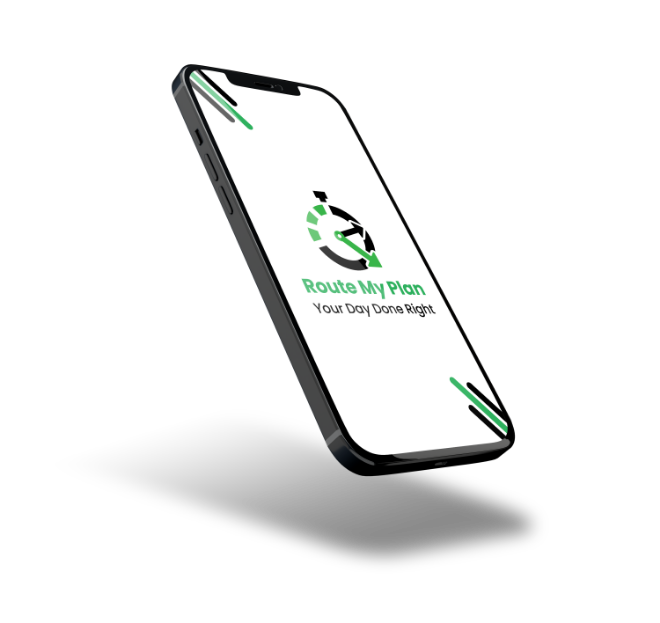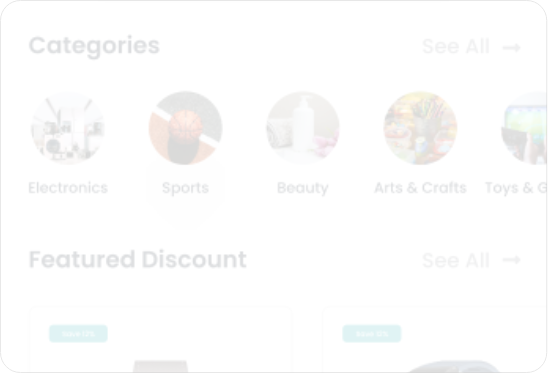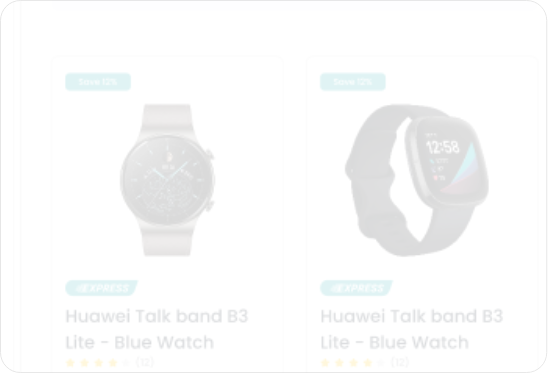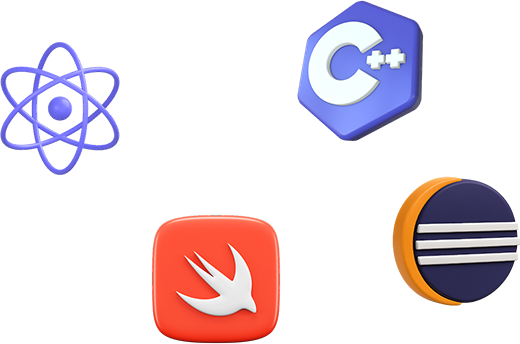

Unlike traditional calendars, the app dynamically adjusts your schedule based on real-time traffic data—helping users leave at just the right time, not just when the appointment is scheduled.
Full synchronization with major calendar systems (Google Calendar, Outlook, MyChart, etc.) ensures that users don't have to manually enter or update their schedules—everything is unified and automated.
Personalized departure notifications based on traffic conditions and user-defined buffer times offer a more reliable way to ensure punctuality—no more guessing when to leave.
RouteMyPlan is a traffic-aware scheduling app that syncs calendars and optimizes appointments with smart alerts.

Leverages Google Maps API to assess current traffic conditions and provide accurate departure times, ensuring timely arrivals.

Delivers notifications based on dynamic traffic updates, including buffer time options, to remind users exactly when to leave.

Automatically imports appointments from external calendars (e.g., MyChart, Google Calendar, Outlook) and syncs seamlessly with other platforms.

Allows users to plan an entire week at a glance, providing travel times and conflict resolution for overlapping appointments.
The steps taken from the preliminary development considerations to the final release of the app.

A brief overview of the target audience, their needs, and how the product is tailored to solve their specific problems or improve their daily experience.
An outline of the strategic and technical decisions made during development—platform selection, architecture, tools, and methodologies that shaped the foundation of the app.
A deep dive into the visual and user experience design—color schemes, branding, UI components, and how the design was crafted to be intuitive, engaging, and aligned with user behavior.
Details on how complexity was reduced in both user flows and functionality—ensuring ease of use, smooth navigation, and minimal learning curve across all user types.
Insights into the testing phase—how the app was tested with users, what feedback was collected, how bugs were resolved, and how usability improvements were made based on real user input.
An explanation of the systems or features used to monitor app performance, user behavior, and data insights post-launch—helping stakeholders track success and usage trends.
Describes the delivery process—how documentation, admin tools, or training were provided to clients or stakeholders, ensuring a smooth transition and operational readiness.
A section dedicated to the app’s future roadmap—plans for updates, new features, continuous feedback loops, and the long-term vision for evolving the platform.
Showcases the app’s unique selling points and differentiators—what makes it memorable, competitive, and valuable in its industry or market.
1
Who’s It For2
Choosing How to Build3
Designing the Look4
Making it Simple5
Testing & Feedback6
Keeping Track7
Handing Over8
Always Improving9
Helping It Stand OutPartner with CMOLDs and turn your app idea into reality with expert app developers and designers on deck!